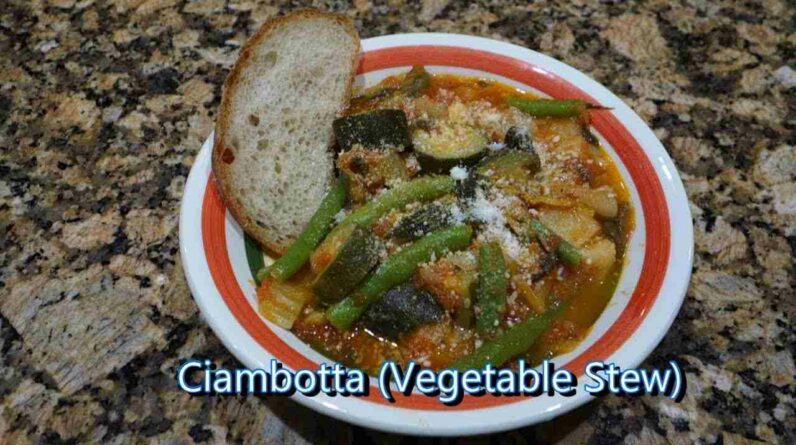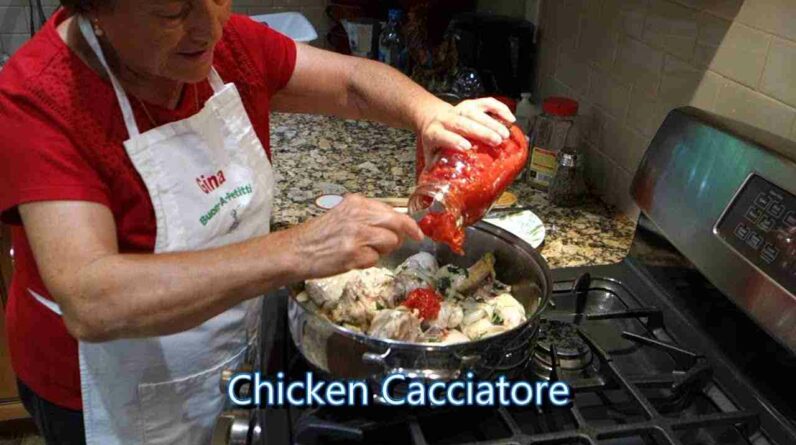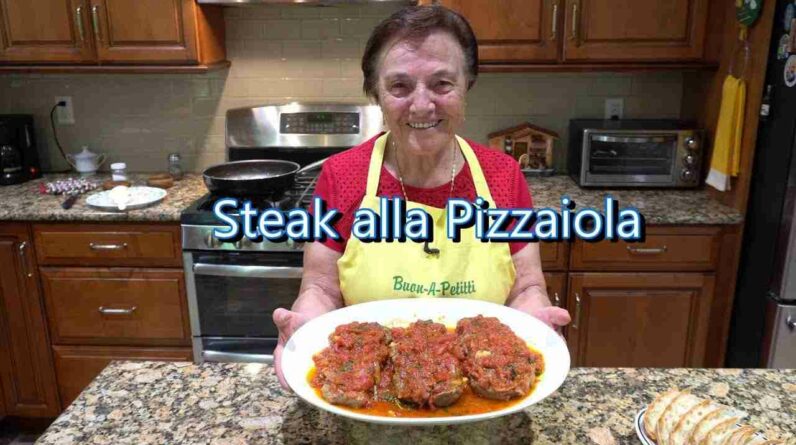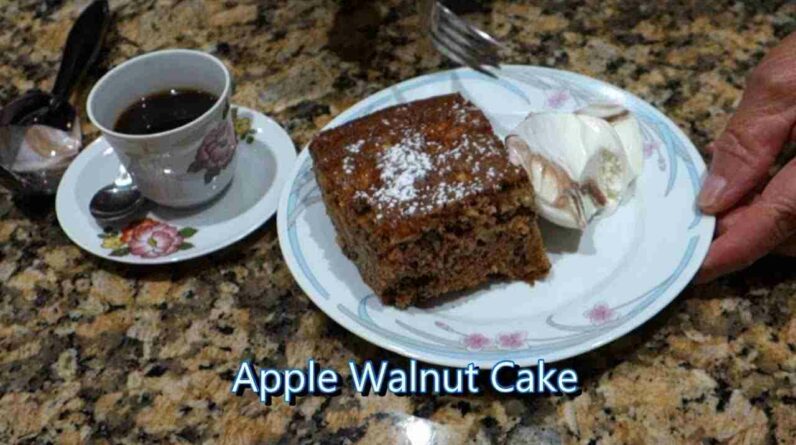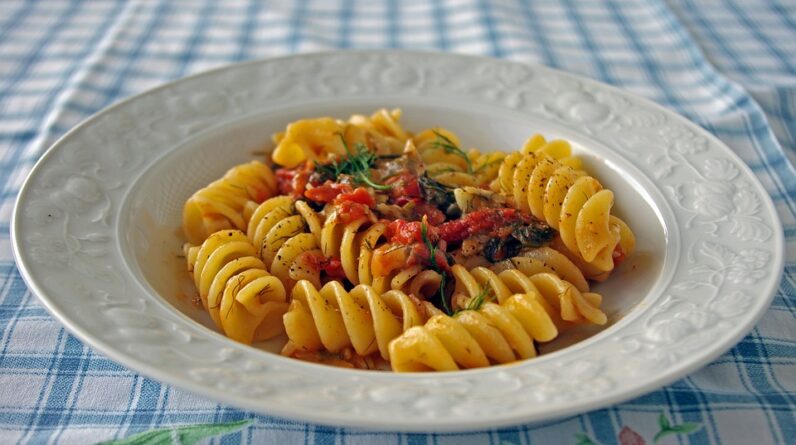Italian Polenta Recipes for a Comforting and Satisfying Meal
There’s something incredibly comforting about polenta, the Italian cornmeal dish that’s a staple in many households across Italy. Much like pasta or risotto, this versatile staple can take on a multitude of forms and flavors, making it an essential part of any food lover’s repertoire. Whether creamy and soft or firm and grilled, polenta is a culinary canvas that can accommodate both rustic and refined tastes alike.
The History of Polenta
Polenta, derived from the Latin word “puls,” dates back to Ancient Rome, where it was originally a dish made from millet or farro. It wasn’t until the 16th century, when corn was introduced to Europe from the Americas, that polenta became synonymous with the golden cornmeal we know today. Historically, it’s been a food of the peasantry, offering a cheap and filling meal that could easily be adapted with whatever ingredients were on hand.
Basic Polenta Recipe
Ingredients:
- 1 cup polenta (coarse cornmeal)
- 4 cups water or broth
- Salt to taste
- 2 tablespoons butter
- 1/2 cup grated Parmesan cheese (optional)
Instructions:
- Boil the Liquid: In a large pot, bring the water or broth to a boil. Add a pinch of salt.
- Add Polenta: Gradually whisk in the polenta. This prevents lumps from forming.
- Cook and Stir: Lower the heat and continue stirring until the polenta starts to thicken. This usually takes about 5 minutes.
- Let it Simmer: Cover the pot and let it simmer on low heat for about 30-45 minutes, stirring occasionally. The polenta should be thick and creamy.
- Finish with Butter and Cheese: Stir in the butter and Parmesan cheese until they are fully incorporated. Adjust seasoning with more salt if needed.
Polenta Variations
Creamy Polenta
Creamy polenta is best served as a side dish or the base for a hearty stew. The secret to a truly creamy texture lies in the liquid-to-polenta ratio. Use more liquid—such as milk or a mix of milk and water—and be patient while it simmers.
Cheesy Polenta
Cheesy polenta brings an additional layer of flavor. Options are endless, but a good rule of thumb is to complement the stickiness of the polenta with sharp and pungent cheeses like Gorgonzola, Pecorino, or aged Parmesan.
Grilled Polenta
For a more robust experience, make firm polenta by reducing the liquid content. Once cooked, pour it into a square baking dish to cool and set. Slice it into squares and grill or pan-sear until they develop a deliciously crisp exterior. These make excellent accompaniments to roasted meats or vegetables.
Recipes for Every Occasion
Polenta with Mushroom Ragù
Mushroom ragù is a classic pairing with polenta, and its rich, earthy flavors make for an incredibly satisfying meal.
Ingredients:
- 1 cup dried porcini mushrooms
- 2 tablespoons olive oil
- 1 onion, finely chopped
- 2 cloves garlic, minced
- 1 lb mixed fresh mushrooms, sliced
- 1/2 cup red wine
- 1 can (14 oz) diced tomatoes
- 2 tablespoons tomato paste
- Salt and pepper to taste
- Fresh parsley, chopped (for garnish)
Instructions:
- Prepare Dried Mushrooms: Rehydrate the porcini mushrooms by soaking them in hot water for 20 minutes. Drain and chop finely.
- Sauté Aromatics: In a large skillet, heat olive oil over medium heat. Add onion and garlic, cooking until soft and fragrant.
- Cook Fresh Mushrooms: Add the fresh mushrooms and cook until they release their juices and start to brown.
- Deglaze: Stir in the red wine and let it reduce by half.
- Add Tomatoes and Porcini: Mix in the diced tomatoes, tomato paste, and rehydrated porcini mushrooms. Let it simmer for about 30 minutes.
- Season: Adjust with salt and pepper to taste.
- Serve: Spoon the mushroom ragù over a bed of creamy polenta and garnish with fresh parsley.
Polenta Lasagna
A unique twist on traditional lasagna, this dish uses polenta instead of pasta sheets, resulting in a gluten-free yet indulgent meal.
Ingredients:
- 2 cups firm polenta, cooled and sliced into 1/2-inch pieces
- 2 cups marinara sauce
- 1 lb ground beef or Italian sausage
- 1 cup ricotta cheese
- 2 cups mozzarella cheese, shredded
- 1/4 cup Parmesan cheese, grated
- Fresh basil leaves (for garnish)
Instructions:
- Prepare Meat Sauce: In a skillet, cook the ground beef or Italian sausage until fully browned. Drain excess fat and combine with marinara sauce.
- Layer Polenta: In a baking dish, lay down a layer of polenta slices.
- Add Cheese and Sauce: Spread a layer of ricotta cheese, followed by the meat sauce, and then a sprinkle of mozzarella.
- Repeat: Continue layering until all ingredients are used, finishing with a top layer of mozzarella and Parmesan cheese.
- Bake: Preheat your oven to 375°F (190°C). Bake the lasagna for 30-35 minutes, until the cheese is bubbly and golden brown.
- Garnish and Serve: Allow the lasagna to cool slightly before cutting. Garnish with fresh basil leaves.
FAQs
What is polenta made of?
Polenta is made from coarse yellow cornmeal. It is traditionally cooked with water or broth and can be enriched with ingredients like butter, cheese, and herbs for added flavor.
Can polenta be made ahead of time?
Yes, polenta can be made ahead of time. Soft polenta can be kept warm over a double boiler or reheated with a bit of added liquid to maintain its creamy texture. Firm polenta can be cooked, cooled, and sliced for grilling or baking.
Is polenta gluten-free?
Yes, polenta is naturally gluten-free as it is made from cornmeal. It is a great alternative for those with gluten sensitivities or celiac disease.
What is the difference between polenta and grits?
While both are made from ground corn, polenta typically uses yellow corn and is often coarser, whereas grits are made from white or yellow corn (hominy) and are usually finer. Flavor and preparation methods can also differ, with grits often associated with Southern U.S. cuisine.
Can I use instant polenta?
Yes, instant polenta is a quicker alternative, as it’s pre-cooked and can be ready in minutes. However, the texture may differ slightly compared to traditional long-cooking polenta.
Enjoy these versatile Italian polenta recipes during any season to bring a taste of rustic comfort to your dining table. Whether you prefer it creamy, cheesy, or grilled, polenta has a way of making every meal feel like a warm, satisfying embrace. Buon appetito!
italian food recipes

